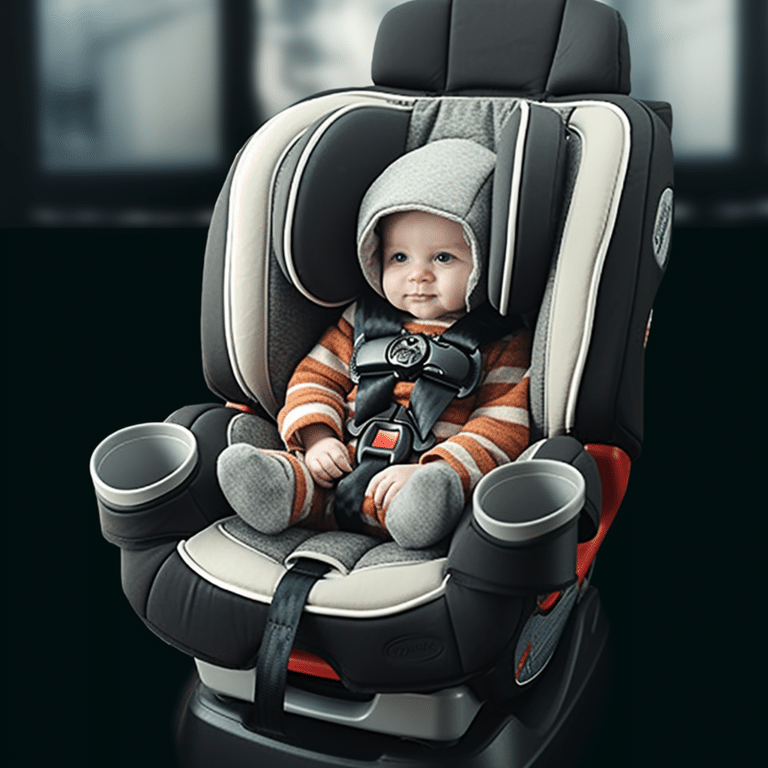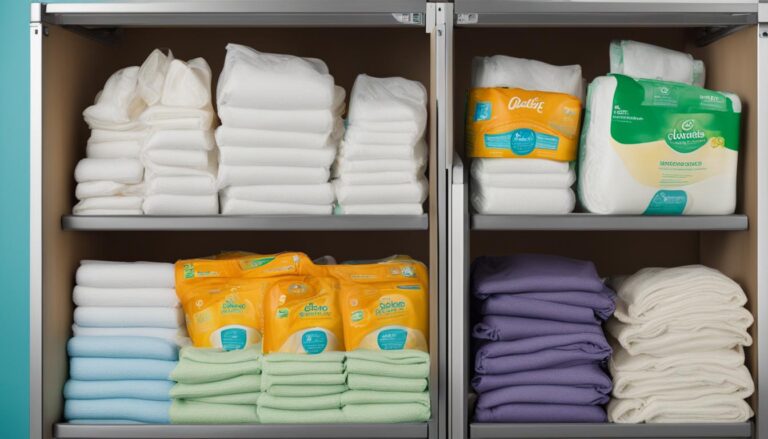Baby Massage Techniques and Their Benefits
I am excited to share with you the incredible benefits of baby massage and the therapeutic touch techniques that can enhance your bond with your little one. Practiced for centuries, infant massage has proven to be a powerful tool for promoting your baby’s development and overall well-being.
Through simple massage strokes, you can stimulate your baby’s growth, enhance communication, and foster a deep sense of attachment. Studies show that infant massage promotes eye contact, interaction, and nurturing between parents and babies. Additionally, it improves oxygen and nutrient flow to cells, aids in weight gain, and supports the development of the brain.
Engaging in regular baby massage sessions has numerous advantages. It promotes social, emotional, and cognitive development in your baby, reduces irritability and excessive crying, and strengthens and regulates their primary body systems. Moreover, it offers you, as a parent, an opportunity to better understand your baby’s cues, improve communication, increase your confidence, and enjoy quality one-on-one interaction.
Key Takeaways:
- Baby massage can promote bonding, growth, and overall health.
- It encourages eye contact, communication, and interaction between parents and babies.
- Infant massage improves oxygen and nutrient flow, aids in weight gain, and promotes brain development.
- It supports social, emotional, and cognitive development, reduces irritability, and strengthens primary body systems.
- Baby massage enhances parents’ understanding, communication, confidence, and one-on-one interaction.
When to Start Baby Massage and Techniques to Use
Baby massage can be started from birth, but it is important to consider the baby’s age and readiness for the practice. While some parents may choose to start massaging their newborns right away, it is generally recommended to wait until the baby is around six weeks old. At this age, their routine is more settled, and their behavior becomes more predictable, making it easier to incorporate regular massage sessions into their daily routine.
Baby massage techniques can vary, but they typically involve gentle strokes and movements that promote relaxation and bonding. It is beneficial for parents to attend baby massage classes, where they can learn the proper techniques from experienced instructors. These classes not only provide guidance on massage techniques but also offer a supportive environment for parents to connect with each other and share their experiences.
When starting baby massage, it is crucial to choose a time when the baby is content and alert, not tired or hungry. Creating a warm and comfortable environment is essential for the massage to be effective and enjoyable for both the baby and the parent. Some common techniques include gentle strokes from head to toe, focusing on different body parts such as the tummy, head and face, chest, back, arms, and legs. It is important to note that the pressure applied during the massage should be gentle and adjusted according to the baby’s comfort.
| Age | Massage Techniques |
|---|---|
| Newborn to 6 weeks | Gentle strokes on the back, tummy, and limbs. Focus on relaxation and bonding. |
| 6 weeks to 6 months | Exploring different massage techniques, including gentle stretches and joint movements. Introduce more interactive elements such as songs or nursery rhymes. |
| 6 months and older | Incorporate more playfulness and interactive movements into the massage routine. Encourage the baby to participate by imitating their movements and sounds. |
When performing baby massage, it is crucial to use baby-safe oils to provide a smooth and nourishing experience for the baby’s skin. Oils such as coconut oil, almond oil, or grapeseed oil are commonly used and are gentle on the baby’s delicate skin. Before applying any oil, it is advisable to perform a patch test on a small area of the baby’s skin to ensure there is no adverse reaction or sensitivity. Additionally, it is essential to choose oils that are free from harsh chemicals or fragrances that may irritate the baby’s skin.
Safety Tips and Precautions for Baby Massage
When it comes to baby massage, the safety and well-being of your little one should always be the top priority. Here are some important tips and precautions to keep in mind:
Consult with a Healthcare Provider
Before starting a baby massage routine, it’s essential to consult with a healthcare provider, especially if your baby has any underlying health conditions. They can provide guidance and ensure that massage is safe and appropriate for your baby’s specific needs.
Observe Your Baby’s Cues
During the massage, closely watch your baby’s cues and signals. If your baby shows any discomfort or resistance, it may be an indication that the massage technique needs to be adjusted or stopped altogether. It’s important to always respect your baby’s boundaries and preferences.
Choose Baby-Safe Oils
When using oils for baby massage, make sure to choose ones that are safe for your baby’s delicate skin. Avoid oils with harsh ingredients or potential irritants. Before applying the oil, perform a patch test on a small spot of your baby’s skin to ensure there is no adverse reaction.
Timing and Environment
Timing is key when it comes to baby massage. Avoid performing a massage immediately after a feeding or when your baby is tired or hungry. Choose a time when your baby is content and alert. Additionally, create a warm and comfortable environment to enhance relaxation and promote a positive experience.
By following these safety tips and precautions, you can ensure that baby massage remains a delightful and beneficial experience for both you and your little one.
FAQ
When is the best time to start baby massage, and what techniques should I use?
Baby massage can be started from birth, but it is recommended to wait until the baby is around six weeks old. At this age, their routine is more settled and their behavior is more predictable. Techniques for baby massage include gentle strokes from head to toe, focusing on different body parts such as the tummy, head and face, chest, back, arms, and legs.
Are there classes available to learn baby massage techniques?
Yes, there are baby massage classes available that can teach parents the proper techniques and provide guidance on using oils for massage. These classes can offer valuable support and knowledge for parents who want to learn how to massage their babies effectively.
Can I use oils for baby massage, and how do I choose the right ones?
Yes, using oils for baby massage can enhance the experience and provide additional benefits. It is important to choose baby-safe oils that are gentle on their delicate skin. It is also recommended to test the oil on a small spot of the baby’s skin beforehand to ensure there is no irritation.
Are there any safety precautions I should take when massaging my baby?
It is important to consult with a healthcare provider before starting a massage routine, especially if your baby has any underlying conditions. Massages should not be done immediately after a feeding, and if the baby becomes upset or falls asleep during the massage, it should be stopped. It is essential to use oils that are safe for the baby’s skin and to closely monitor the baby’s cues and signals during the massage.






